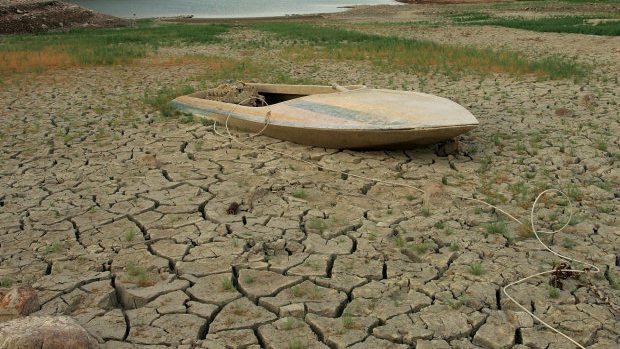Over-the-top contentions of both the IPCC and the authors of the U.S. Climate Report of 2009 with respect to drought are found to be without any confirmation whatsoever in pertinent real-world data for this part of the world… Read More
Coral Resilience to Ocean Acidification and Global Warming (5 Feb 2013)
For certain corals “ocean acidification combined with rising ocean temperatures should have only minimal effects on coral calcification,” which is “a direct outcome of [such corals’] ability to up-regulate pH at the site of calcification,” which is good news for the future of these species… Read More
Cloud Ice Water Content & Cloud Ice Water Path in CMIP5 GCMs (5 Feb 2013)
In the words of Li et al. (2012), “representing clouds and cloud climate feedback in global climate models (GCMs) remains a pressing challenge,” but one that is needed to be overcome in order “to reduce and quantify uncertainties associated with climate change projections.” And two of the primary parameters that must be accurately modeled in this regard are cloud ice water content (CIWC) and cloud ice water path (CIWP). Yet, according to the results of this study, the models are still struggling… Read More
Model Simulations of Climatic Effects of Volcanic Eruptions (5 Feb 2013)
The most recent analysis of the most up-to-date global climate models suggests that they are still not up to the task that is required of them… Read More
Planktonic Marine Microbes (6 Feb 2013)
In the words of the authors who conducted this study, results indicated that “contrary to some expectations, lowering pH did not negatively affect bacterial growth”… Read More
Canadian and U.S. Droughts of the Medieval Warm Period (6 Feb 2013)
Results of a new study imply that the planet’s Current Warm Period may be due to something that is totally unrelated to anthropogenic CO2 emissions… Read More
Reclaiming Cadmium-Contaminated Soil with Poplars and Willows (6 Feb 2013)
A new study investigates the possibilities, finding that “using elevated CO2 to enhance total uptake of contaminants by plants might be an alternative way to improve phytoremediation of contaminated soil”… Read More





